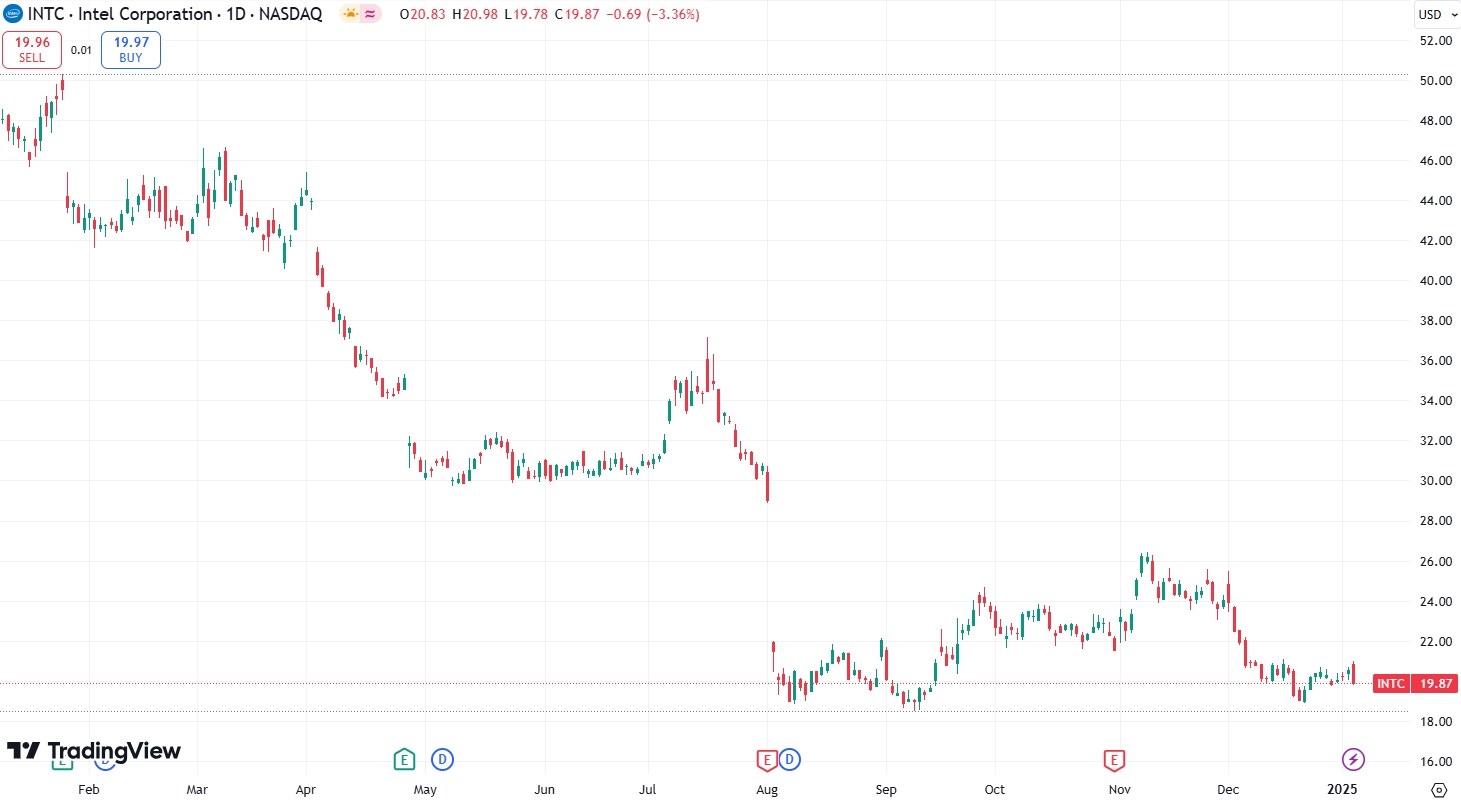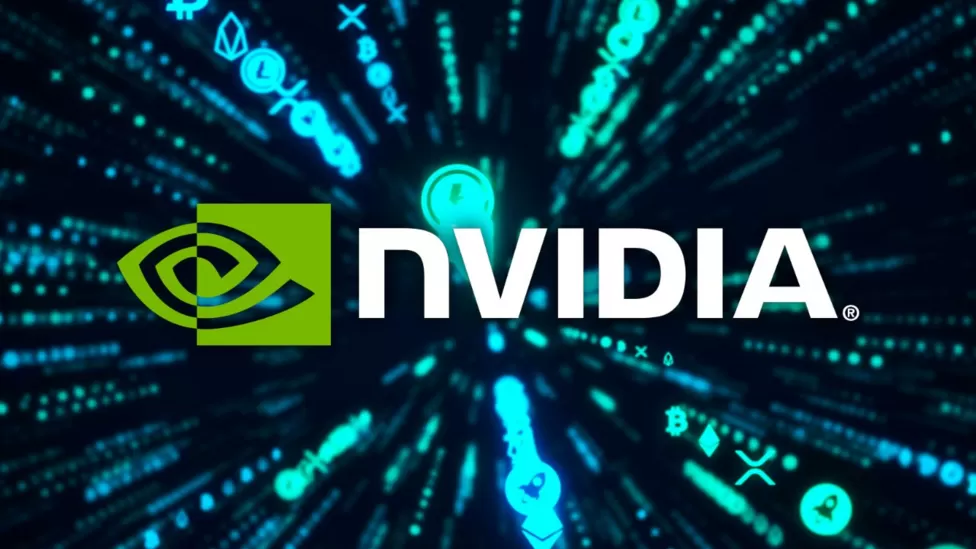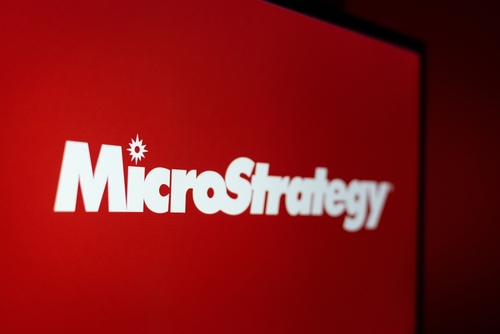Intel CES 2025 unveils new AI PCs! Analysts comment not enough surprises?

TradingKey - The former semiconductor leader, Intel (INTC.US), is striving to catch up in its AI business, which has lagged far behind its peers. It recently made a blockbuster launch of the new Intel Core Ultra series processors at the CES 2025, achieving breakthroughs in both performance and efficiency. But Intel's pre-market share price failed to take off.
On January 6, 2025, Intel officially announced it unveiled the new Intel® Core™ Ultra (Series 2) processors, designed to revolutionize mobile computing for businesses, creators and enthusiast gamers. The latest additions to the Intel Core Ultra family feature cutting-edge AI enhancements, increased efficiency and performance improvements.
- The new Intel Core Ultra 200V series mobile processors based on the Intel vPro platform provide AI-driven productivity and enhanced IT management capabilities for enterprises;
- The Core Ultra 200HX and 200H series processors have more excellent performance cores and energy-efficient cores;
- The Core Ultra 200U series mobile processors offer outstanding products that combine performance and energy efficiency for mainstream mobile users;
- The expansion of the Core Ultra 200S series desktop processor product portfolio provides mainstream desktop users with 12 new 65W and 35W products;
- The Core Ultra processors and Core processors built for edge computing focus on the scalability and performance of cross-edge-related applications.
The chief product officer of Intel said Intel is only going to continue bolstering its AI PC product portfolio in 2025 and beyond as we sample our lead Intel 18A product to customers now ahead of volume production in the second half of 2025.
Before the U.S. stock market opened on January 7, Intel's share price rose by 0.65% and then continued to decline. As of the time of writing, the increase had narrowed to 0.05%. After experiencing a series of difficulties in the past year, such as the CEO's retirement, poor financial report performance, and a sharp drop in share price, investors still seemed "indifferent" to this new product launch.

(Intel's share price trend chart in the past year, Source: TradingView)
Christopher Mims, a columnist for The Wall Street Journal, pointed out that you might think you already understood the difficulties Intel is facing, but the actual situation is even worse. Mims mentioned that in the last quarter, Intel's data center chip revenue was surpassed by AMD, while in 2022, Intel's revenue was three times that of AMD.
Bloomberg reported that although Intel still has a share of over 70% in the PC processor market based on the X86 chip standard, its position has been significantly weakened, allowing rival AMD to make gains. Meanwhile, new entrants in this field are also seeing Intel as increasingly vulnerable.
Viga Liu, an analyst at Tradingkey, commented on Intel's new products this time:
Intel's layout in AI is very timely. However, compared with AMD and NVIDIA, Intel's accumulation in the AI hardware field is still relatively limited, especially in training and inference performance. The key question is whether Intel's AI functions can bring significant performance improvements in users' actual applications. Moreover, although Intel's new products have integrated AI acceleration functions in hardware, relying solely on hardware is not enough. Intel also needs to build a broader software ecosystem to attract users and developers to use these functions. If Intel fails to prove the practical value of its AI capabilities, the market may be more inclined to choose NVIDIA's solutions.
The progress of the Intel 18A process node mentioned by Intel at CES is another key point. If Intel can achieve mass production as planned in the second half of 2025, it will mark a significant progress in Intel's technological catch-up. Intel needs to transform the success of Intel 18A into long-term technological competitiveness, market confidence, and customer support in order to gradually get back on track to compete with TSMC and Samsung. However, Intel's history of delays in process nodes in the past makes people have to remain cautious.







